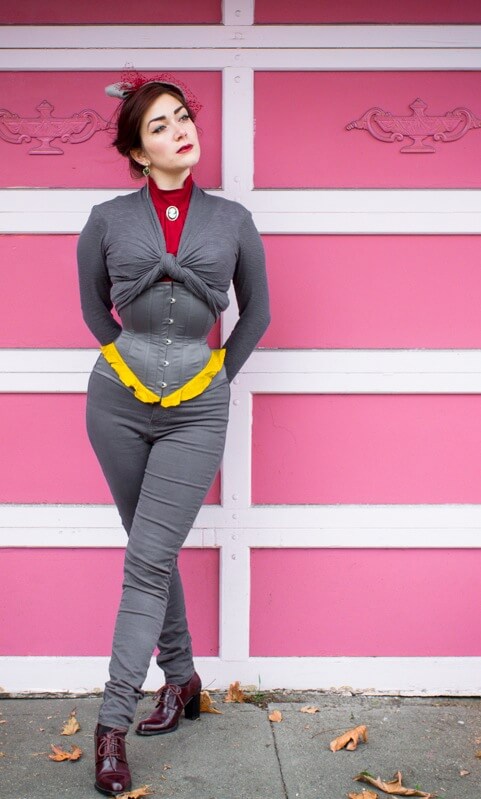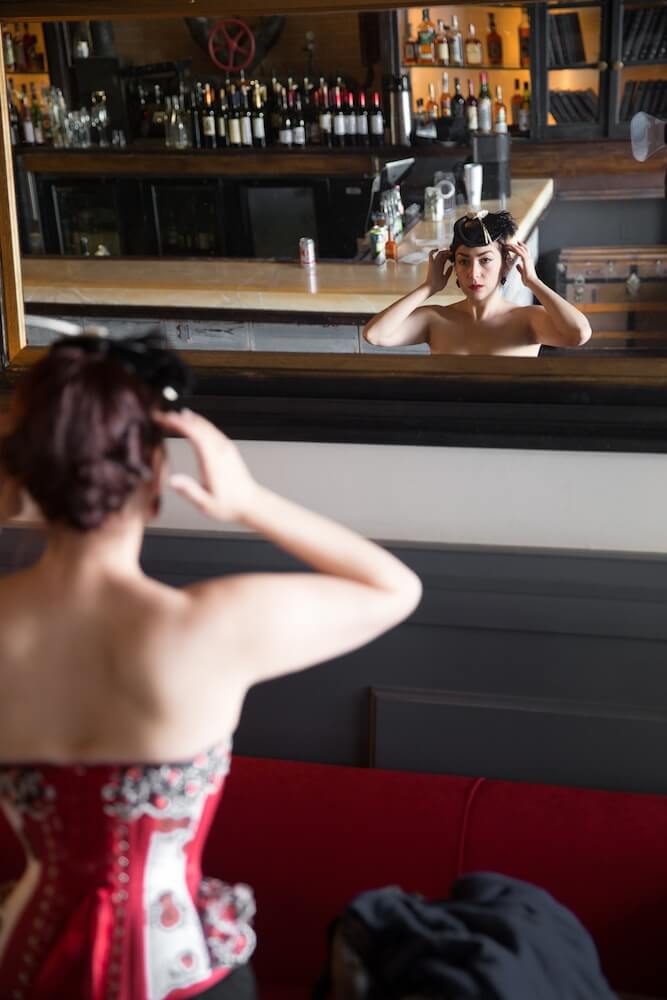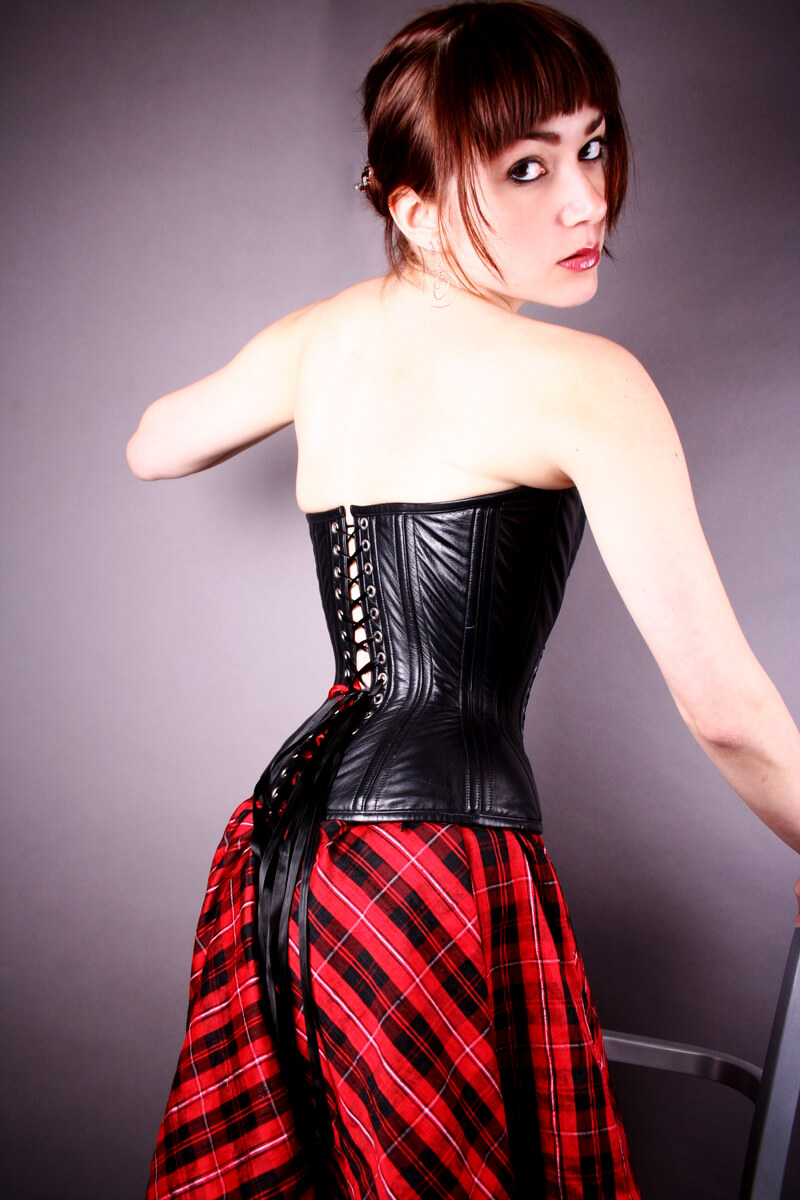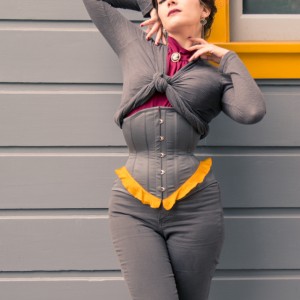"20 Bones," Broken Ribs, and Other Myths about Corset Waist Training
Whether you're waist training, thinking of waist training, horrified by waist training, or perversely fascinated by it, there are a lot of myths, misconceptions, and outright lies to wade through. In no particular order, I'd like to cut through a bunch of the bull.
The Myth: A corset needs at least 20 bones to be suitable for waist training.
The Truth: Boning maintains vertical tension in a corset, otherwise it would slip down and crumple around your waist like a tube top in the 90s. It does not create shape. The number and type of bones needs to support the shape of the corset. The shape of the fabric panels creates the fit, which will determine how effective and comfortable the corset is. As I said in my review of the Waist Training 101 book, you could put 20 bones in a pillowcase and it wouldn't magically become effective shapewear. There is no magic number for bones.
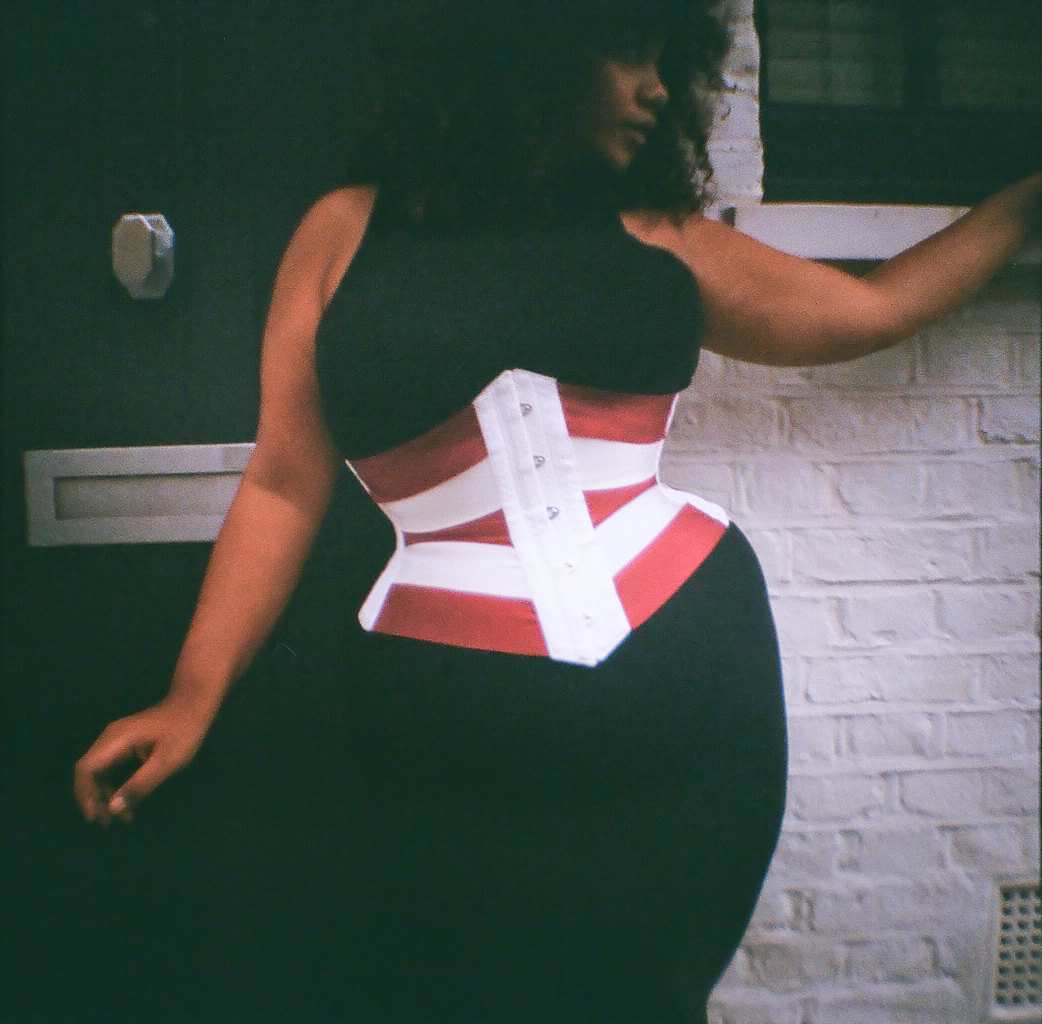
Not counting the busk, the Vixen by Pop Antique has "only" 12 bones, but it still creates a dramatic, beautiful, and comfortable hourglass silhouette. | Model: Olivia Campbell. | Photo © Marianne Faulkner
The Myth: Waist training, or even occasional corset wearing, is not only uncomfortable but damaging to your skeleton and your internal organs.
The Truth: Cinderella or Dr. Oz got you worried? Lucy has a great in-depth response here, and I also wrote a piece when those corseted x-rays were going around. Corseting compresses the organs far less than pregnancy does, and even simple actions like sitting and eating create internal compression. The reduction of lung capacity is mild to the point of virtual irrelevancy in a modern sedentary lifestyle. Well-fit corsets support good posture and reduce back pain and can out-perform a medical brace for the same purposes. Compare to high heels, which throw off your posture, hinder movement and balance, and can permanently shorten the Achilles tendon if worn daily. Unless you have a preexisting health issue, it's impossible for a corset to exert enough force to break a bone, and (unlike pregnancy) any reshaping of the rib cage will revert once the corset is no longer being worn.

Famous tightlacer Polaire. Public domain image.
The Myth: Waist training is a disgusting form of self-torture women inflict on themselves to be considered attractive to men.
The Truth: I generally read this remark directed at severe tightlacers, and it's simply untrue. Waist training is a body modification and actually tends to improve the self-confidence and body awareness of its practitioners. In my experience, men are more likely to be disturbed by a tightlaced figure. Also, per the above, corsets aren't torturous - not if they fit right.
The Myth: Waist training is an easy way out for those who are too lazy and indulgent for diet and exercise.
The Truth: Waist training is not easy - it requires patience and devotion as well as a financial commitment. It also creates a different result from diet and exercise: the goal of waist training is not weight loss/thinness, but a change in silhouette. Furthermore, waist training and diet/exercise are not mutually exclusive! Waist training can encourage healthier eating habits (smaller meals, fewer empty carbs and sugary carbonated beverages) and it's often recommended that an exercise regimen also be added to one's routine to keep up core strength while waist training.
The Myth: The process of waist training involves constantly chasing ever-smaller corsets laced fully closed.
The Truth: Waist training doesn't work by constantly sizing down to smaller and smaller versions of the exact same corset. To graduate to a smaller size, unless the training is accompanied by weight loss, one needs to go to a curvier corset, smaller in the waist only. This could involve changing to a different standard-fit style or maker, or having personalized or bespoke fit corsets made. The size of the lacing gap is a personal preference; 2" is standard but 0-4" are all acceptable based on the wearer's size and comfort.
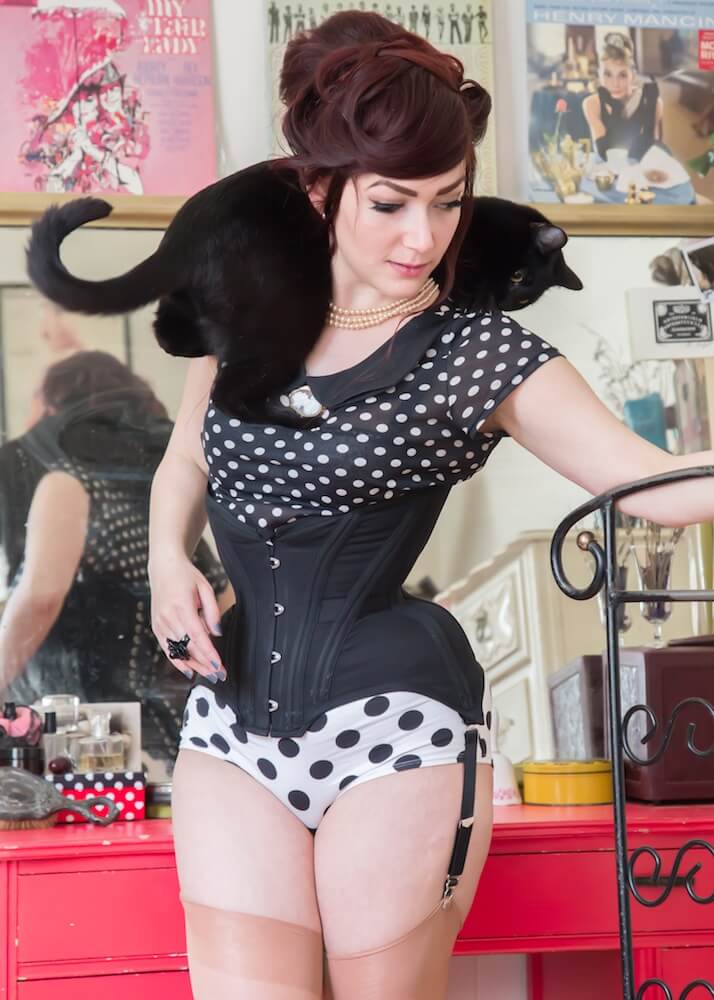
Pop Antique "Gibson Girl" with minimal rib compression and rounded hip spring | Model: Victoria Dagger | Photo © John Carey
Myth: Waist training with a faja and waist training with a corset have the same effects on your body.
The Truth: Because a corset has a much more controlled fit, the results can be much more controlled, especially if a change to the rib shaping/silhouette is desired. The laces also allow a greater degree of control of the waist, ribs, and hips individually, from day to day or hour to hour, which is impossible with the simple hook system on stretch shapewear. Lastly, the stretch cinchers supposedly encourage your body to sweat off weight - see above re: corsets not being a substitute for exercise! A well-fit corset works with your anatomy rather than fighting it.
Myth: Fajas are less intense and more comfortable than corsets.
The Truth: Though fajas/girdles/"cinchers" are presumed to be more comfortable than corsets, my experience was the opposite: a girdle creates all-over compression as opposed to the balanced fit of a corset, which only compresses the waistline. To be blunt, stretch shapewear really does make me feel encased like a sausage, whereas a corset makes me feel supported like a firm hug. As I mentioned above, lacing gives a more controlled fit - so if you want more compression on your aching hips, or less on your ribs because you just ate, it's the work of a couple minutes to tweak and improve your comfort levels!
Myth: Waist training doesn't create any lasting results.
The Truth: Lucy has set up a fantastic before and after gallery of waist training, where you can see for yourself that the change in silhouette sticks around even when the corset comes off. These results are more semi-permanent than truly permanent, as the body will relax back into its original shape eventually without maintenance training.
Bonus Myth: Because handmade corsets are expensive, that means the corsetieres are rakin' in the dough!
The Truth: I have an in-depth post about why corsets are expensive. Corsets require not only years of study, but specialized and expensive materials and equipment (equipment = overheads!), unique and extremely accurate construction techniques, and a fair amount of time to make - especially once correspondence is factored in! Running one's own business means corsetieres don't have health insurance coverage, vacation time, or even sick time factored in.





